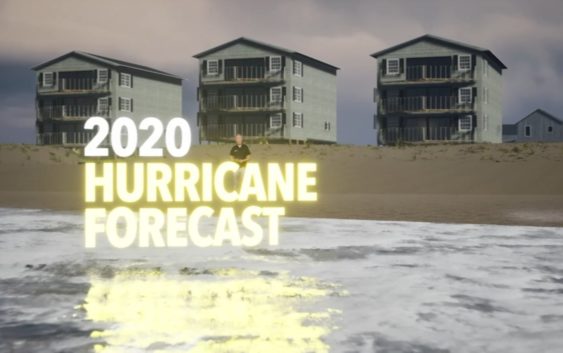- Fake job seekers are flooding the market, thanks to AI
- One set of evacuation orders lifted in Caldwell County after wildfire contained
- 'We gutted every building' | Chimney Rock rebuilding after Hurricane Helene
- 'We gutted every building' | Chimney Rock rebuilding after Hurricane Helene
- Debris from Hurricane Helene provides fuel, complicates containment for spring wildfires
Chris Hohmann breaks down the 2020 Hurricane Season forecast

But what’s in store for the rest of the season? There’s no way to know if North Carolina will be struck again, but the forecast is for another active season in the Atlantic Basin.
The National Hurricane centers is forecasting a total of 13-19 named storms-that’s tropical storm strength or higher.
Of those, 6-10 are expected to become hurricanes and 3-6 of those will be major hurricanes-category three or higher.
Meteorologists look at many conditions when a making a forecast, including ocean temperatures, upper air wind patterns and even dust off the Sahara desert.
And this year looks to be more active because the water in the Atlantic will be warmer than average and there’s no El Nino forecast to help tear these storms apart.
There are four dangers from hurricanes: First, extremely heavy rain can cause catastrophic flooding. We saw that two years ago when Hurricane Florence unleashed as much as 35 inches of rain on parts of the state.
Strong winds in a hurricane can be devastating. A Category 3 hurricane packs winds of 111 mph or higher that can destroy some structures, especially unanchored mobile homes or other small buildings.
Then there’s the storm surge-or rise in water-as a storm makes landfall. The storm surge in a Category 3 storm can be higher than 9 feet above normal level, which can submerge buildings along the coast.
And finally-tornadoes. Many landfalling hurricanes produce weak but still dangerous twisters.
Copyright © 2020 WTVD-TV. All Rights Reserved.